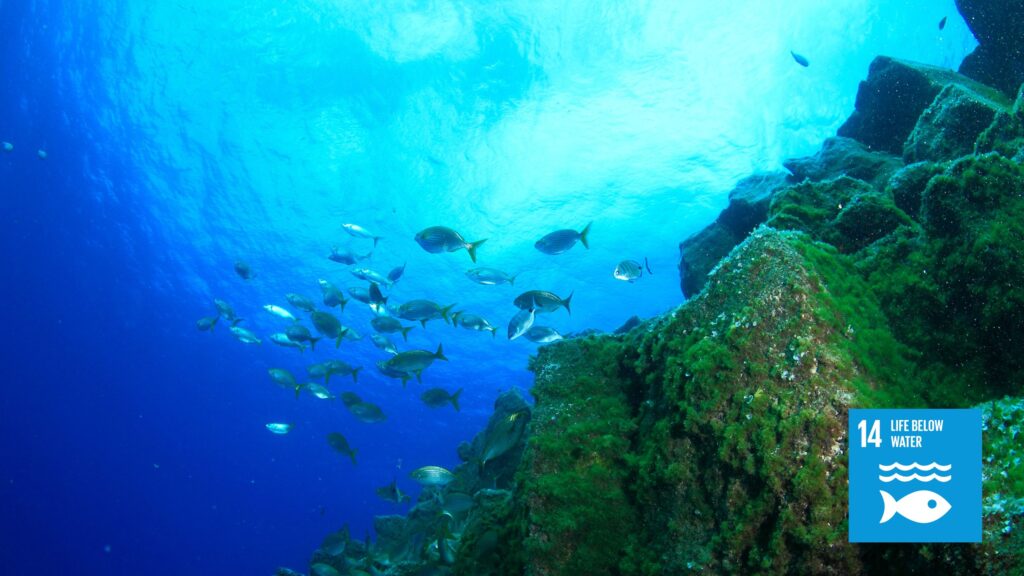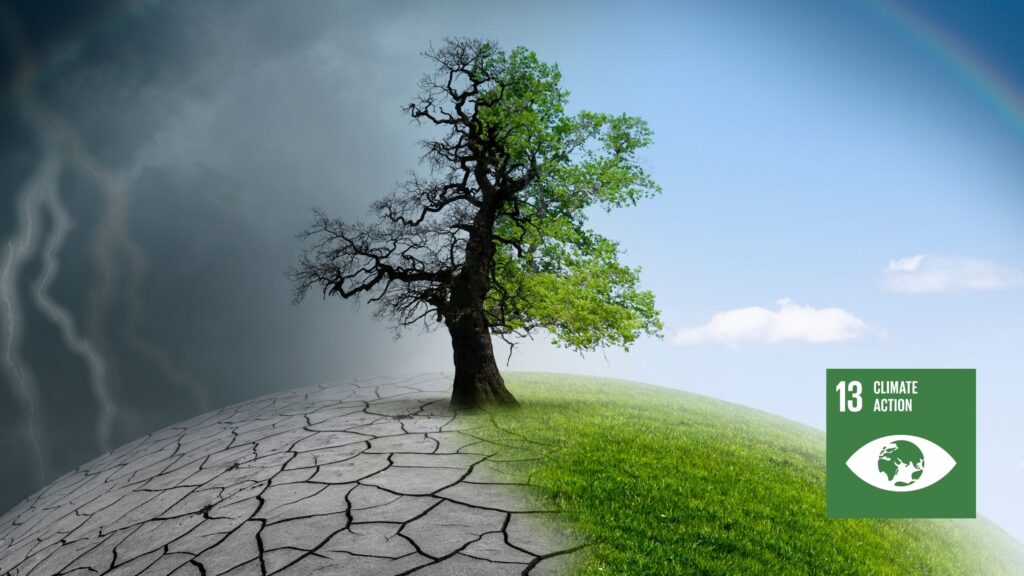Dear Mankind and most favoured of my children
You will recall my earliest blogs ( Mother Earth blogs ) welcomed the Global initiative to develop the Sustainable Development Goals ( SDGs) to help create a safer and fairer world and I was happy that Mankind had at last understood the need to live more sustainably and harmoniously with other living things on this, our only, home. Some good progress was starting to be being made in some areas but sadly most of this encouraging activity was brought to an abrupt halt or in some cases, even reversed by the COVID 19 Pandemic.
This blog on SDG 14 – Life Under Water is the next in a series of updates to review the effects of the COVID 19 Pandemic on the aspirations and targets of each of the original 17 SDGS and to look ahead to the prospects in each sector.
Coastal areas are home to almost 40% of the world’s population but face growing risks from the effects of excessive nutrients ( fertiliser , sewage etc) entering into the coastal environments via run off from nearby land. This stimulates algae growth, kills seagrass, fish, coral and is a health risk for swimmers and fisherman. Rising CO2 emissions are also driving ocean warming, acidification and deoxygenation. Fishing of depleted fish stocks in already overexploited seas and land-based pollutants are adversely affecting coastal habitats and will have long-term repercussions. The quality of our oceans is now also under severe threat and dead zones (areas of water that lack sufficient oxygen to support marine life) are increasing at an alarming rate from only 400 in 2008 to 700 by 2019.
168 parties including EU have ratified and accepted the UN Convention on the Law of the Sea and a large number have taken steps to implement the requirements. However, the degree of implementation varies significantly between countries particularly in developing countries where they may need assistance in implementing such measures in light of the economic impacts of coronavirus pandemic. Since 2015 most regions have adopted regulatory frameworks to support small-scale fisheries. About half the countries worldwide have also adopted voluntary guidelines and introduced specific initiatives to support small-scale fisheries. Fisheries contribute about half of the Global fish catches in developing countries and employ more than 90% of the worlds capture fishers (50% are women) .
Marine protected areas have increased significantly and by 2020 have reached 7.74% of Global coastal waters and oceans – slightly below the 10% target for 2020 but that target may still be achieved because of the schemes which were delayed during the Pandemic. However half of the marine biodiversity areas are still not protected and there is a need for urgent scaling up of protection for such marine environments.
The proportion of GDP expenditure on research devoted to Ocean science (1.2%) is very significantly smaller than that for other major fields of research and innovation on average despite the fact that oceans contribute $1.5 trillion to the Global economy.
Mother Earth
Sources : extracted from The Sustainable Development Goals Reports 2019 -2021 , United Nations, New York


